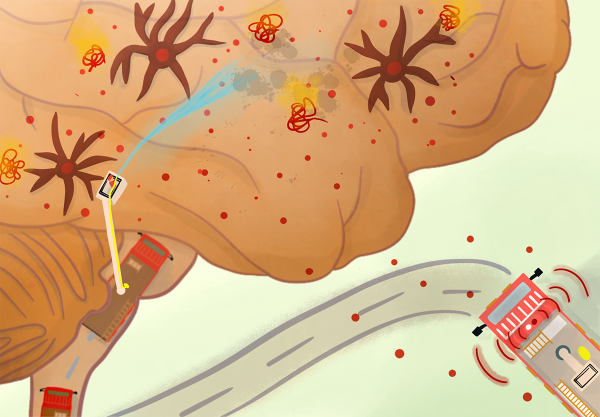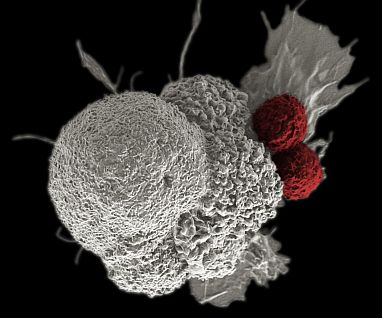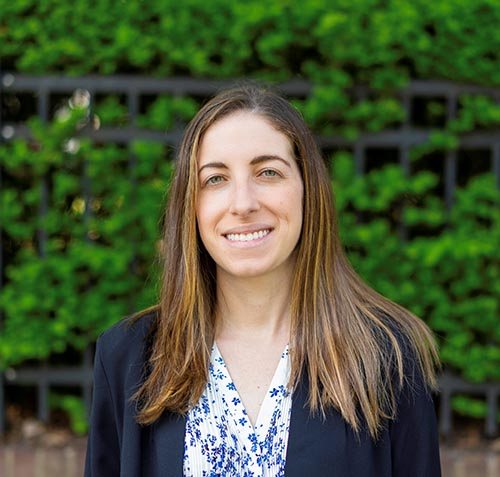From Friend to Foe: When the Immune System Turns on the Brain
IRP Research is Exploring the Role of Immune Cells in Dementia
If you visit a lab at NIH’s Center for Alzheimer’s and Related Dementias (CARD), you may find yourself surrounded by several robots hard at work nurturing the hundreds of sets of genetically modified stem cells that CARD scientists use to study the illnesses that give CARD its name. Many of these cells will be coaxed to mature into the neurons that power our movements, thoughts, and memories — but not all of them. Neurons have long received the lion share of dementia researchers’ attention, understandable seeing as the visible symptoms of Alzheimer’s disease are closely linked to a build-up of proteins — amyloid-beta and misfolded tau — that damage neurons. However, neurons aren’t the only brain cells involved in dementia.










